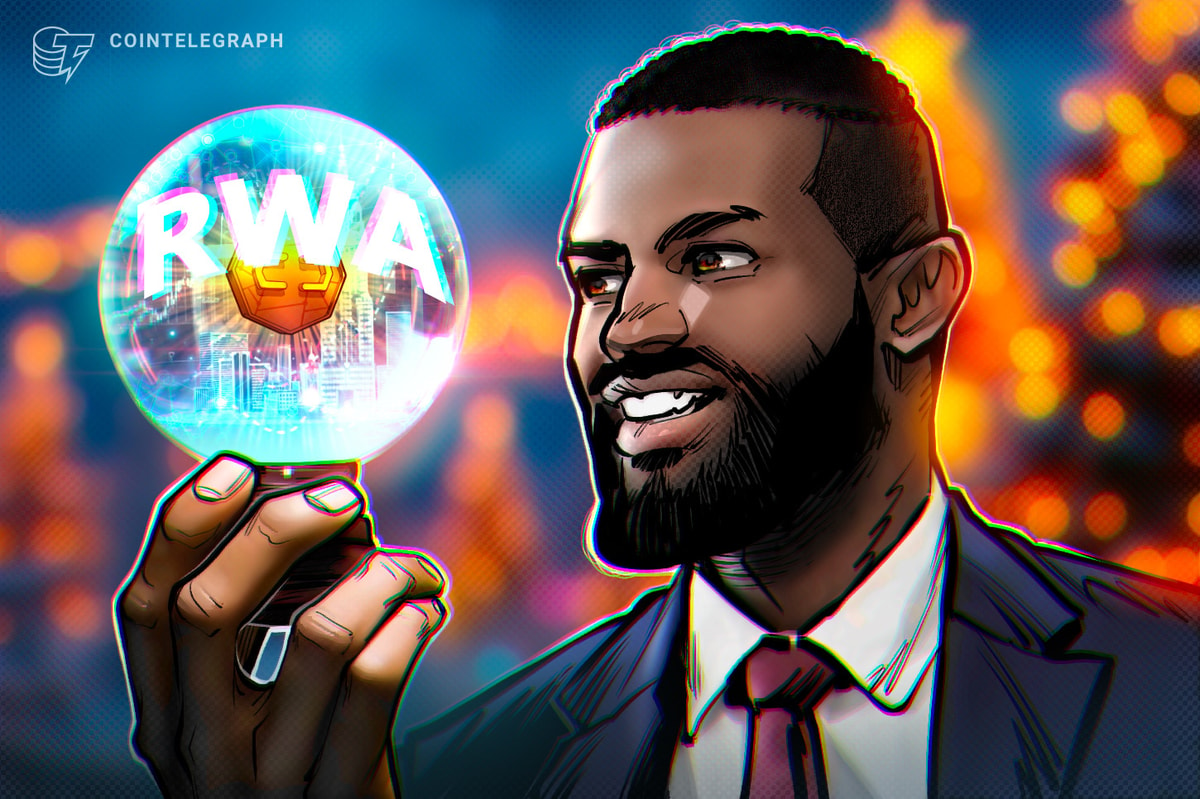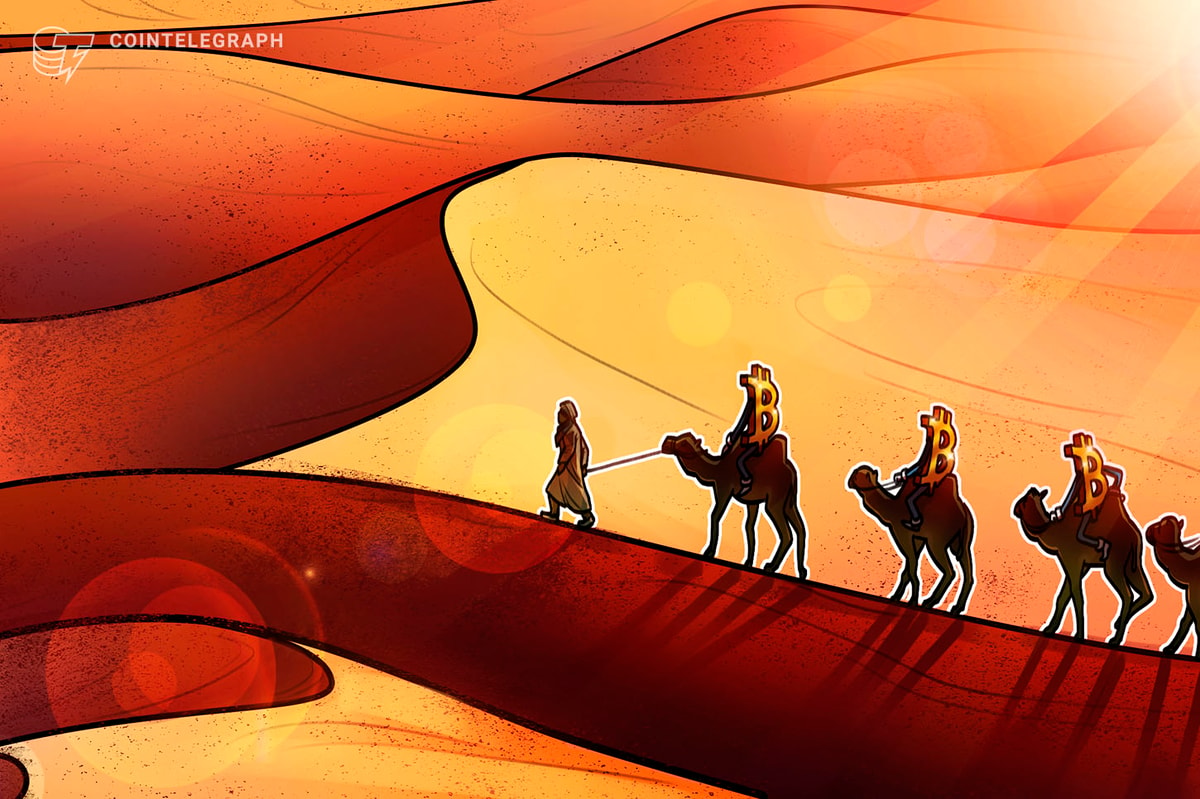
From pre-event planning to virtual execution, discover the steps to create an immersive and engaging digital experience that captivates the audience.
How to
Event management in the metaverse
The planning, coordination and execution of various events within virtual and augmented reality environments are referred to as event management in the metaverse.
The fusion of physically persistent virtual reality with virtually improved physical reality yielded the metaverse, a communal virtual shared place. It includes immersive digital environments like augmented reality (AR), virtual reality (VR), and others.
In this context, event management entails producing and presenting events in these digital spaces, including conferences, concerts, exhibitions, workshops, social gatherings and more. This article will discuss how an event is hosted in the metaverse.
Steps to host an event in the metaverse
Hosting an event in the metaverse involves several key steps to create an engaging digital experience. These stages, which include defining the concept and goals (pre-event preparation), platform selection, content creation and event execution in a virtual setting, pave the way for an immersive event that appeals to a worldwide audience.
In the dynamic metaverse, successful event hosting is completed by post-event activities, including getting feedback and maintaining connections.
Step one: Define the event concept and goals
The pre-event planning phase is the first and most important step in organizing a successful event in the metaverse. This pivotal phase entails several tactical choices and acts that set the stage for the entire event.
It involves setting clear goals, assembling an expert team, selecting the right platform, budgeting adequately, handling legal issues and developing an interesting event concept. This thorough groundwork is essential for the succeeding stages of event conception and implementation within the dynamic and immersive metaverse.
Step two: Technical setup
The technical setup step transforms the event concept into a functional virtual experience. Setting up the selected metaverse platform, producing avatars or digital representations, and developing the virtual space are required.
Furthermore, integrating interactive elements like live chat, virtual networking areas and multimedia presentations is essential to engage the audience. To provide a seamless experience, it is also crucial to ensure flawless audio-visual quality, verify user accessibility and resolve technological issues.
Step three: Marketing and promotion
The emphasis switches to creating buzz and luring attendees during the marketing and promotion phases. It is crucial to use both conventional and metaverse-specific marketing platforms to reach people.
Building interest in an event is facilitated by creating captivating event content, trailers and teasers. Reach can be increased through social media channels, influencer alliances and metaverse community interaction. Moreover, attendance can be encouraged by implementing ticketing systems and developing tier-based access alternatives.
Depending on user preferences and budget, these tiers give guests varied degrees of engagement and benefits. A base tier might, for instance, grant admission to the main event sessions, while premium and VIP tiers might provide extra benefits like exclusive workshops, individualized interactions and unique content. This strategy maximizes inclusivity and gives participants the freedom to select the level of involvement that best suits their needs and interests.
Step four: Event execution
The event execution phase marks the culmination of meticulous planning and preparation. Everything at this stage works together to create an immersive experience. While attendees communicate, network and participate in events, presenters conduct speeches, panels or concerts within the virtual setting.
To solve any problems that may develop, real-time technical support is essential. Making quick adjustments for the optimal experience during the event involves keeping an eye on engagement data, crowd responses and technical performance.
Step five: Post-event activities
The post-event activities phase begins once the event is over. This stage covers several actions, such as getting input from attendees via surveys or polls to determine satisfaction and acquire knowledge for future changes. Sharing highlights or taped sessions keeps people interested long after the actual event.
Utilizing user-generated content, including images and recordings, helps create a buzz on social media after an event. Additionally, maintaining relationships developed during the event is facilitated by arranging follow-up sessions, virtual meetups or networking opportunities.
How much does it cost to host an event in the metaverse?
The cost of holding an event in the metaverse can vary greatly and depends on a number of variables. These factors consist of the complexity of the event itself, the selected metaverse platform, the expected number of attendees, the desired level of customization and the variety of features incorporated into the event experience.
Metaverse platforms may charge users based on various criteria, including event hosting, the number of attendees and the feature set. Investments in 3D modeling, interactive features and immersive visuals are required to create an engaging virtual venue, with prices equal to the complexity of the design.
Expenses include audio-visual gear, streaming services and tech support workers to ensure flawless technical execution. The promotion cost also includes operations like influencer partnerships, social media marketing, creating promotional materials and other similar activities. Additional factors that can affect the cost include content production, avatar customization, networking tools, security precautions, training and post-event engagement activities.
To ascertain a precise estimation of costs, careful budget preparation, quotes from relevant service providers, and an in-depth study of metaverse platforms are helpful. It is also prudent to weigh potential revenue streams from ticket sales, sponsorships or other sources against these costs to gauge the financial feasibility of the event.
Traditional events vs. metaverse events
Traditional events and metaverse events represent two distinct paradigms of gathering and engagement. In conventional events, participants physically congregate at a predetermined site, encouraging face-to-face interactions, relying on physical arrangements and abiding by geographical restrictions.
In contrast, metaverse events take place in virtual 3D settings that transcend geographical boundaries and allow participants to participate through avatars that can be customized and partake in interactive activities.
While traditional events offer a sense of place, metaverse events offer an immersive digital experience, demonstrating the evolving landscape of event hosting in an increasingly interconnected world.
Here are some differences between traditional events and metaverse events:

Risks involved in hosting virtual event spaces in the metaverse
Hosting virtual event spaces in the metaverse entails risks, including increased harassment and inappropriate behavior, as shown by incidents of sexual harassment directed at women. Because of the anonymity of virtual spaces, people may act in ways they might not in real-world settings, which makes the environment uncomfortable and unsafe for participants.
Other issues include privacy violations, technical difficulties and the possibility of a digital divide because of a lack of knowledge of the technology. To reduce these hazards and create a welcoming environment, organizers should develop explicit rules of behavior, practice strong moderation, emphasize data security and provide user-friendly information.
Additional significant risks include infringements on intellectual property, problems with platform dependability and misunderstandings brought on by the lack of tangible cues. These risks can be mitigated by using secure content exchange protocols, cautiously selecting platforms, conducting thorough testing and providing transparent communication channels. Metaverse event planners can create a setting that promotes participation, diversity and an educational experience for all participants by proactively addressing these risks.
Collect this article as an NFT to preserve this moment in history and show your support for independent journalism in the crypto space.







